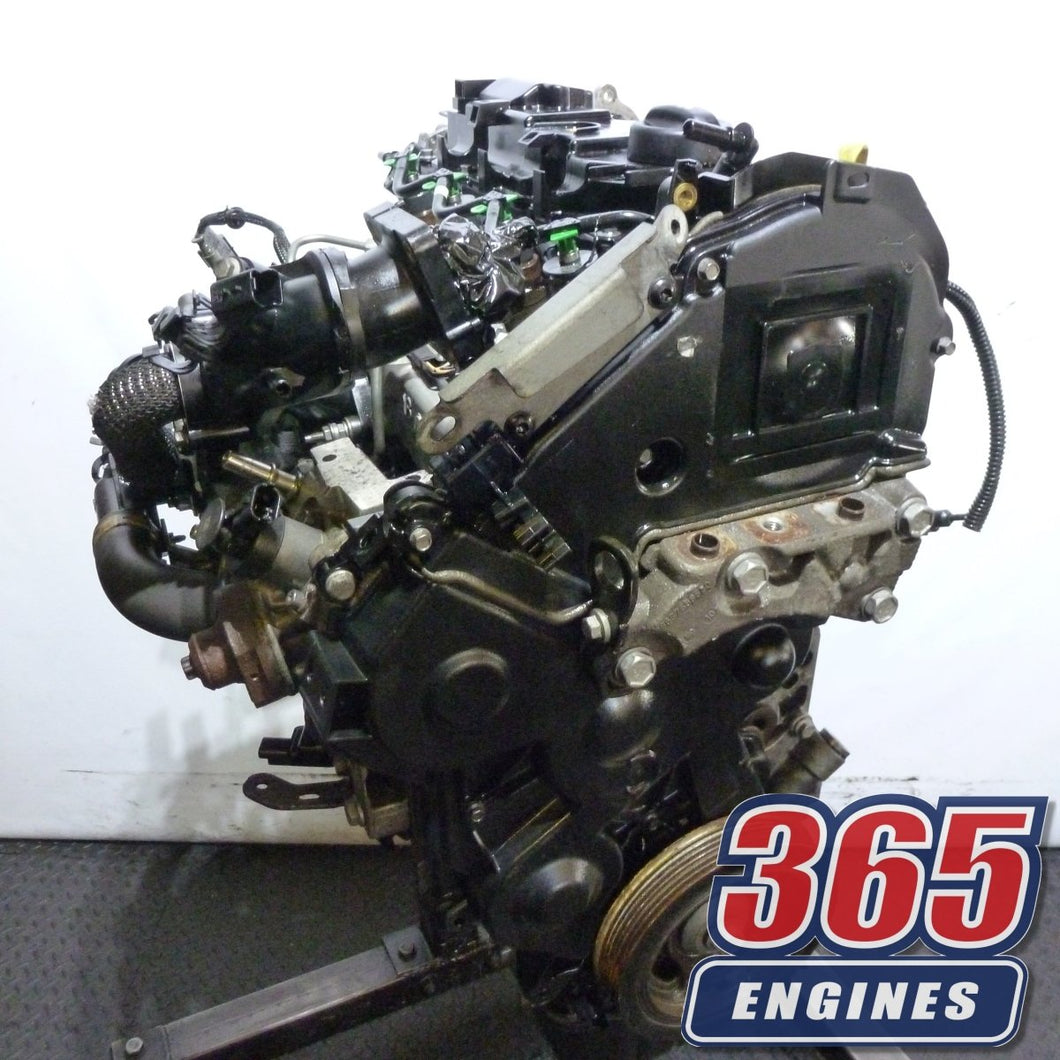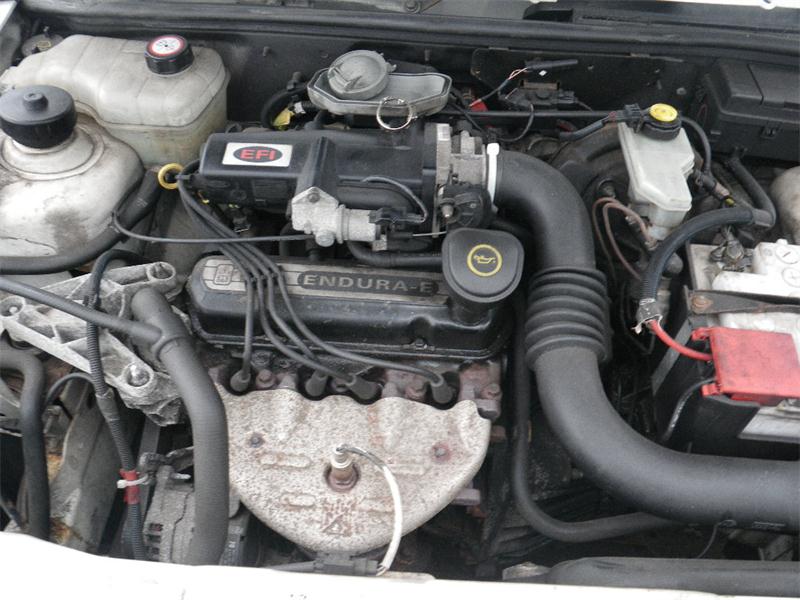Protect Your Investment with Proper Ford Fiesta Engine Maintenance
Wiki Article
Discovering the Evolution of Engines: From Traditional Designs to Modern Marvels
The evolution of engine technology stands for a substantial narrative in the background of technology, noted by pivotal developments that have actually continually redefined transport and market. From the preliminary heavy steam engines that powered the Industrial Transformation to the development of interior combustion engines that changed mobility, each phase has added to higher efficiency and capacity. Presently, the transition to electrical power indicates not just a technical change however also a more comprehensive dedication to environmental sustainability. As we take a look at these landmarks, one need to think about just how the future of engine style might unravel, challenging our assumptions of power and efficiency.The Birth of Engine Innovation
The advent of engine innovation noted a zero hour in human advancement, changing energy conversion and transport. The earliest engines arised from the requirement to harness mechanical power for functional usage, resulting in the growth of tools that transformed numerous power forms into movement. The concept of the engine can be traced back to ancient worlds, where basic machines, such as the waterwheel and windmill, made use of all-natural forces to execute job. It was throughout the late 17th and early 18th centuries that substantial advancements started to materialize.The development of the inner burning engine and the development of the vapor engine militarized a profound shift in industrial capabilities. These engines not just boosted effectiveness but also increased the range of human wheelchair, making it possible for unmatched transport opportunities. The very early models laid the groundwork for the mechanized world, helping with the increase of industries and improving societal frameworks.
As engine layouts developed, they integrated innovative materials and progressed engineering concepts, paving the method for modern advancements - ford fiesta engine. The birth of engine technology ignited a relentless search of effectiveness and power, setting the phase for the vibrant advancement of transport and commercial machinery that would certainly follow
Heavy Steam Engines and Their Influence

The steam engine's influence was particularly noticeable in the transport sector (ford fiesta engine). Steam-powered engines helped with the quick activity of products and individuals across large distances, effectively diminishing the geographical obstacles that had actually previously hindered profession and communication. Steamships revolutionized naval traveling, permitting for quicker and extra trusted crossings of oceans and rivers.
In industry, steam engines powered factories, allowing mass manufacturing and the surge of city centers as centers of financial task. Vapor technology fostered developments in design and production procedures, laying the foundation for future innovations in engine layout.
The Surge of Inner Burning
Frequently overshadowing steam power, the rise of interior combustion engines marked a transformative change in transport and sector during the late 19th and very early 20th centuries. The advancement of these engines, identified by their capability to melt fuel within the engine itself, made it possible for higher effectiveness and power contrasted to standard steam engines. Pioneering innovators such as Nikolaus Otto and Rudolf Diesel played essential roles in improving engine styles, leading to extensive adoption in vehicles, watercrafts, and industrial machinery.The internal burning engine's small dimension and relatively lightweight nature promoted the development of personal automobiles, changing private mobility and reshaping city landscapes. By making it possible for faster traveling and the effective transportation of products, these engines catalyzed financial growth and promoted globalization. The adaptability of gas alternatives, including gasoline and diesel, even more improved their allure, enabling diverse applications throughout different markets.
In spite of the environmental worries that would company website certainly later emerge, the first appeal of internal combustion modern technology stocked its transformative capacity. As culture accepted this advancement, the structure was laid for modern transportation systems, developing inner combustion engines as a keystone of industrial innovation and day-to-day life throughout the 20th century.
Improvements in Engine Efficiency
As internal combustion engines became important to transport and industry, the emphasis shifted towards boosting their effectiveness to meet expanding demands for efficiency and sustainability. Technologies in engine style, product scientific research, and technology have considerably added to this evolution.One significant improvement is the advancement of turbocharging, which enables for raised air consumption, leading to more complete fuel burning and improved power outcome without expanding engine dimension. In addition, variable shutoff timing systems have actually been implemented to maximize engine efficiency throughout various RPM arrays, thereby boosting fuel effectiveness.
The application of advanced fuel injection technologies, such as direct injection, has actually likewise played a critical duty. This approach permits for even more precise control over the fuel-air mixture, advertising much better combustion and lowering exhausts. Light-weight materials, including light weight aluminum and composite parts, have actually been embraced to minimize general engine weight, leading to improved efficiency.
These developments show a wider trend within the automotive sector, where the harmony in between design development and ecological factors to consider drives the ongoing pursuit for greater performance in internal combustion engines. Therefore, contemporary engines are now extra effective, cleaner, and reliable than in the past, leading the way for an extra lasting future in transportation.
The Change to Electric Power
With expanding worries over environmental effect and fossil fuel reliance, the automobile market is experiencing a significant change in the direction of electrical power. This change is driven by a mix of technological advancements, governing pressures, and transforming consumer choices. Electric automobiles (EVs) offer you can try this out a compelling option to typical internal combustion engines, flaunting decreased greenhouse gas exhausts and reduced operating expenses.The surge of battery innovation has actually been a game changer, with lithium-ion batteries coming to be more cost-effective and effective. Enhanced energy thickness and faster billing abilities have actually made EVs more useful for everyday use. In addition, federal governments worldwide are applying rewards and setting ambitious targets for terminating fossil gas lorries, thus accelerating the fostering of electric power.
As billing infrastructure expands and battery technology continues to enhance, the change to electric power is poised to reshape the vehicle landscape, advertising sustainability and innovation in the years to come. The future of transport is electrical, and the momentum is obvious.
Verdict
The advancement of engine technology stands for a significant trajectory of innovation that has profoundly affected transport and sector. From the foundational heavy steam engines to the transformative interior burning engines, each growth has actually contributed to improved flexibility and economic development.
Report this wiki page